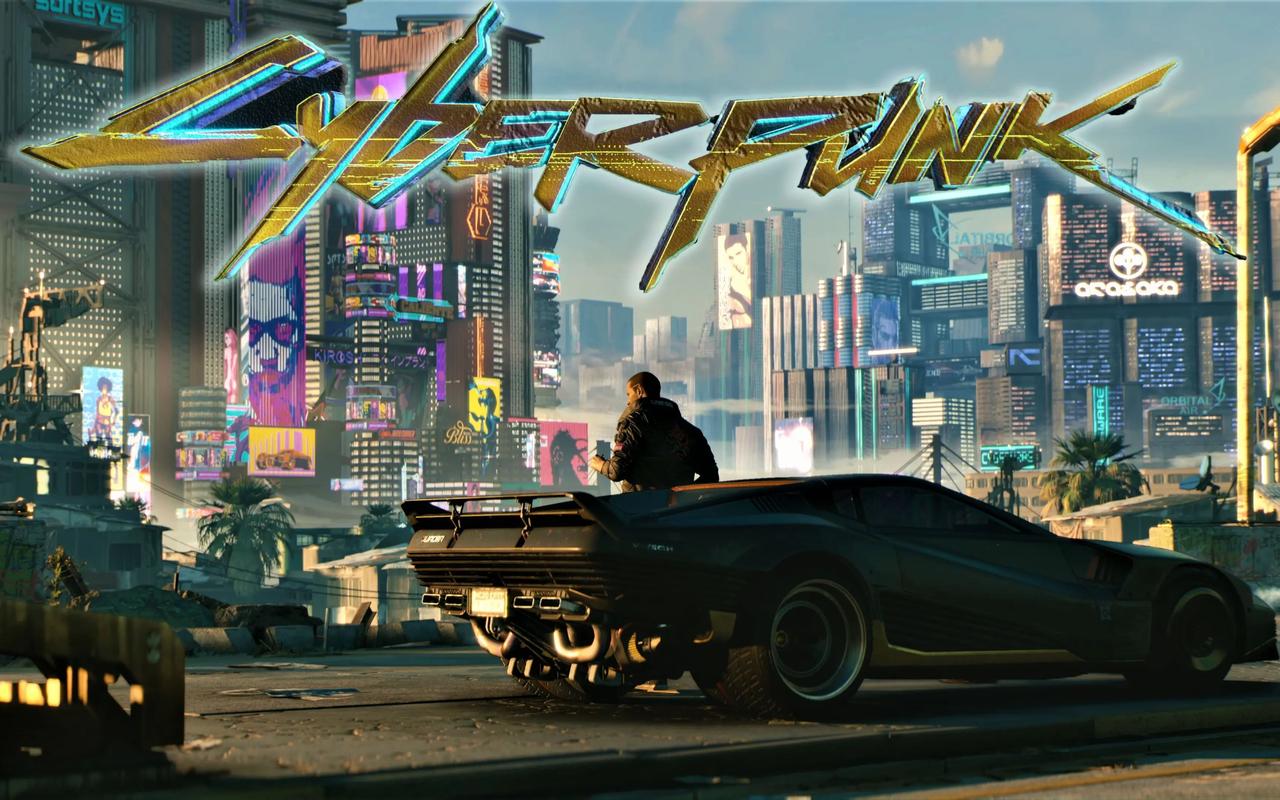The landscape of AAA gaming is perpetually in flux, a colossal engine of creativity and technology fueled by immense budgets and even greater expectations. While graphical fidelity and groundbreaking mechanics often steal the headlines, it is the evolution of storytelling that truly captivates and retains a global audience. The recent period has been particularly transformative, marked by a significant shift away from traditional narrative structures towards more dynamic, player-centric, and thematically complex forms. The major updates in AAA game news are not just about what happens next in a script, but about how the very fabric of these stories is being rewoven.

The Reign of the Living Narrative: Fortnite and the Evolving Plot
Perhaps the most radical and widely experienced storyline development is the concept of the "living narrative," best exemplified by Epic Games' Fortnite. Once dismissed as a mere battle royale phenomenon, Fortnite has meticulously built a continuous, unfolding meta-narrative that transcends its individual seasons. The destruction of the Chapter 2 island, the subsequent reveal of the hidden "Zero Point," the epic battles involving Galactus, and the ongoing war between the Imagined Order and The Seven have created a persistent storyline that players don't just play through; they actively participate in as live events.
These in-game events, such as "The End" or "The Collision," are not just marketing stunts. They are genuine, un-replayable moments of collective storytelling where millions of players simultaneously witness and influence the future of the game's world. This approach has fundamentally changed player engagement. The storyline is no longer a static backstory but a real-time spectacle, making the game's universe feel genuinely alive and unpredictable. Other live-service games are taking note, realizing that a constantly evolving plot can be a powerful tool for player retention and community building, transforming players from consumers into citizens of a digital world.
The Resurgence of the Epic Single-Player Saga
In contrast to the live-service model, there has been a powerful and welcome resurgence of meticulously crafted, narrative-driven single-player experiences. The major update here is not a new model, but a refinement and elevation of the classic form to new heights of emotional depth and maturity.
A prime example is the recent success of Larian Studios' Baldur's Gate 3. While not from a traditional AAA publisher, its impact has sent seismic waves through the entire industry. Its narrative brilliance lies in its unparalleled reactivity. The storyline is not a fixed track but a vast, branching web of cause and effect. Player choices, no matter how seemingly insignificant, can ripple outward, altering character fates, locking or unlocking entire story arcs, and leading to a staggering number of nuanced endings. This level of depth moves beyond simple "good vs. evil" binaries, presenting players with morally grey dilemmas that have real, tangible consequences for the world and its inhabitants. It sets a new benchmark for player agency, proving that audiences crave stories where their presence truly matters.
Similarly, the upcoming Cyberpunk 2077: Phantom Liberty expansion promises a significant storyline development for CD Projekt Red's title. Touted as a spy-thriller narrative, it introduces a new district and a core story that can culminate in multiple endings, fundamentally altering the fate of the protagonist, V. This commitment to expanding a narrative post-launch with substantial, choice-driven content demonstrates a dedication to redeeming and enriching a story that initially stumbled under its own weight.
Narrative as a Tool for World-Building: Elden Ring's Environmental Storytelling
FromSoftware's Elden Ring represents a major update in how AAA games convey their lore and narrative. The game almost entirely foregoes traditional exposition, cutscenes, and linear questlines in favor of profound environmental storytelling and cryptic lore embedded in item descriptions. The storyline of the Shattering, the demigods, and the Tarnished is not handed to the player; it is unearthed.
This approach creates a uniquely personal and rewarding narrative experience. Players become archaeologists, piecing together the history of the Lands Between from architectural ruins, enemy placement, and subtle visual cues. The "major updates" in this context are the discoveries made by the community itself—theorizing about the connections between characters, uncovering hidden quests like that of Boc the Seamster, and debating the true nature of the world. Elden Ring proves that a story can be just as powerful, if not more so, when it is hidden in the shadows, waiting for engaged players to bring it into the light. It challenges the convention that a AAA narrative must be a guided tour and instead offers an expedition.
The Horizon of AI-Driven Narratives
Looking forward, the next major frontier for storyline development lies in the integration of advanced AI. While still in its infancy, the technology promises a leap from branching narratives to truly emergent ones. Projects like Nvidia's ACE (Avatar Cloud Engine) demo, which showcased dynamic, unscripted conversations with AI-powered NPCs, hint at a future where storylines are not pre-written but generated in real-time based on player interaction.
This could revolutionize RPGs and open-world games, moving beyond characters with limited dialogue trees to inhabitants with "memories," personalities, and the ability to discuss events that the player actually caused. The storyline would become a unique, personalized tapestry for each player, an impossible-to-predict journey shaped by every conversation and action.
In conclusion, the major updates in AAA game storytelling are defined by a diversification of techniques. We are witnessing the simultaneous rise of the live, shared narrative of Fortnite, the deeply reactive and choice-driven epic of Baldur's Gate 3, and the subtle, environmental lore of Elden Ring. The common thread is a move towards greater player agency and immersion. Story is no longer a mere component of a AAA game; it is the dynamic, often unpredictable, heart that pumps life into its worlds, ensuring that these virtual realms continue to captivate, challenge, and surprise us in equal measure.














